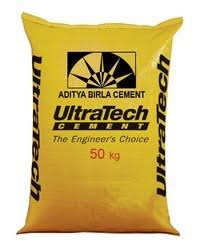FOOTING REINFORCEMENT COVER
To provide 50 mm cover block for footing.
COLUMN REINFORCEMENT COVER
To provide 30 mm cover block for column.
BEAM REINFORCEMENT COVER
To provide 25 - 40 mm cover block for beam.
SLAB REINFORCEMENT COVER
To provide 20 - 25 mm cover block for beam.
WALL REINFORCEMENT COVER
To provide 20 mm cover block for wall.
GROUND SLAB REINFORCEMENT COVER
To provide 30 mm cover block for ground slab.
GROUND BEAM REINFORCEMENT COVER
To provide 25 - 30 mm cover block for ground slab.
FOR MORE INFORMATION
👇
http://civiltechnohunters.blogspot.in/2018/01/cover-to-reinforcement.html
FOR MORE INFORMATION
👇
http://civiltechnohunters.blogspot.in/2018/01/cover-to-reinforcement.html























